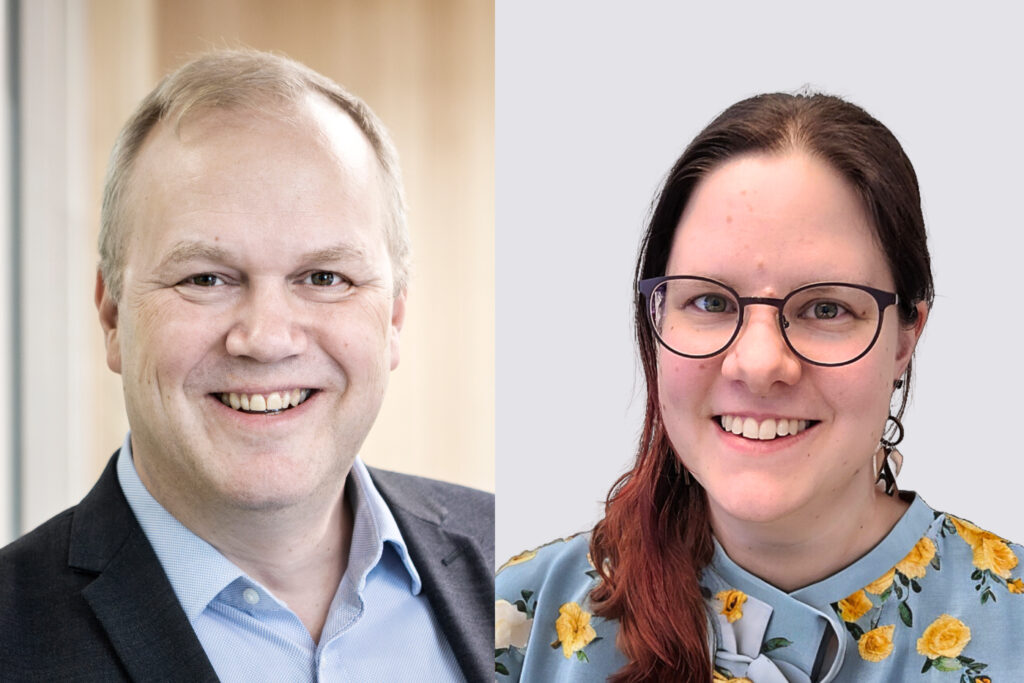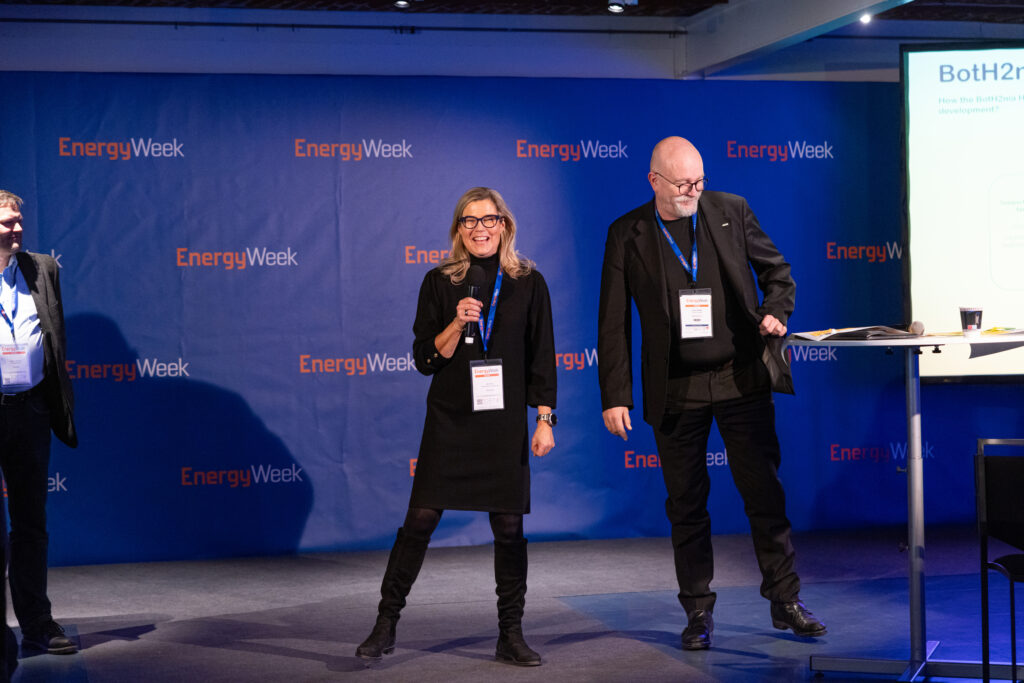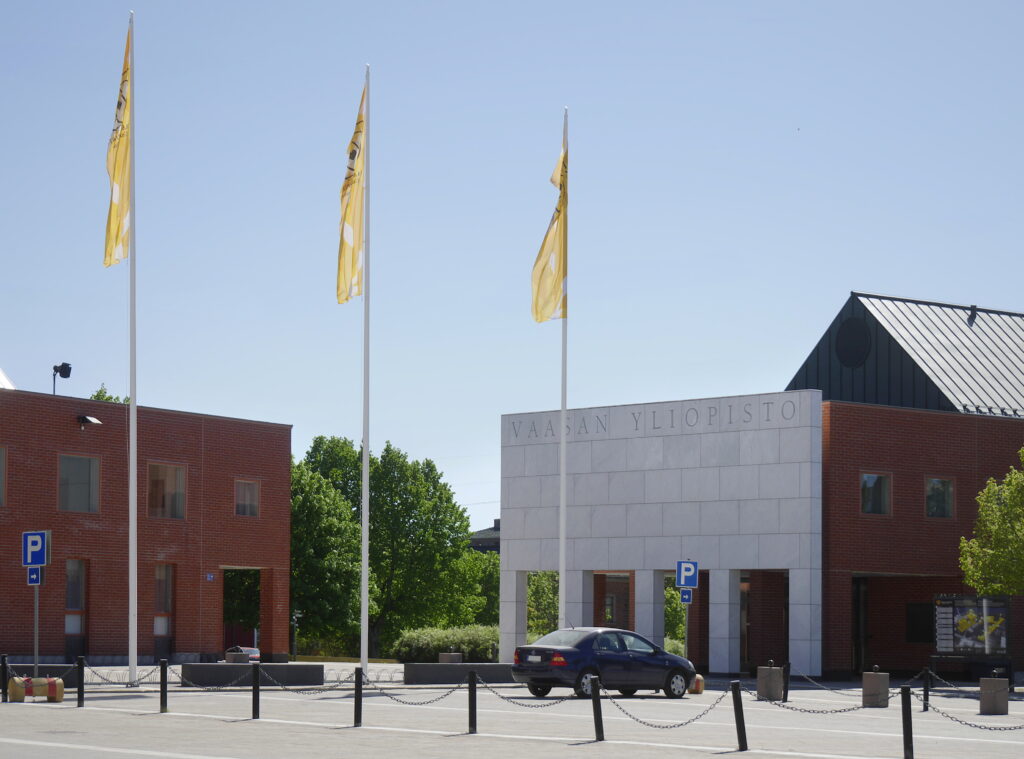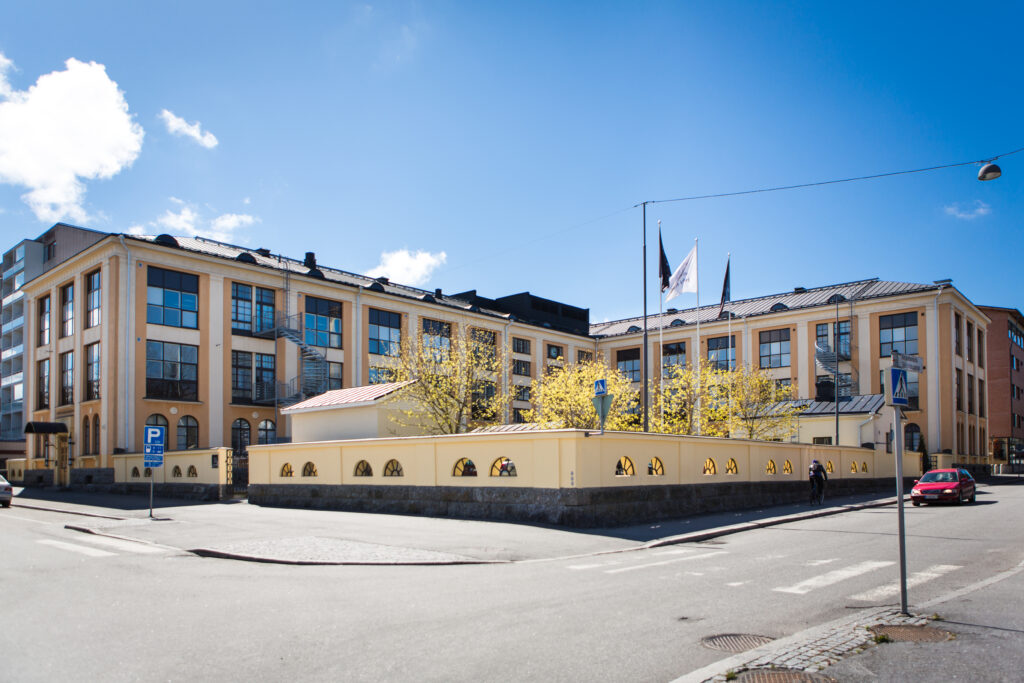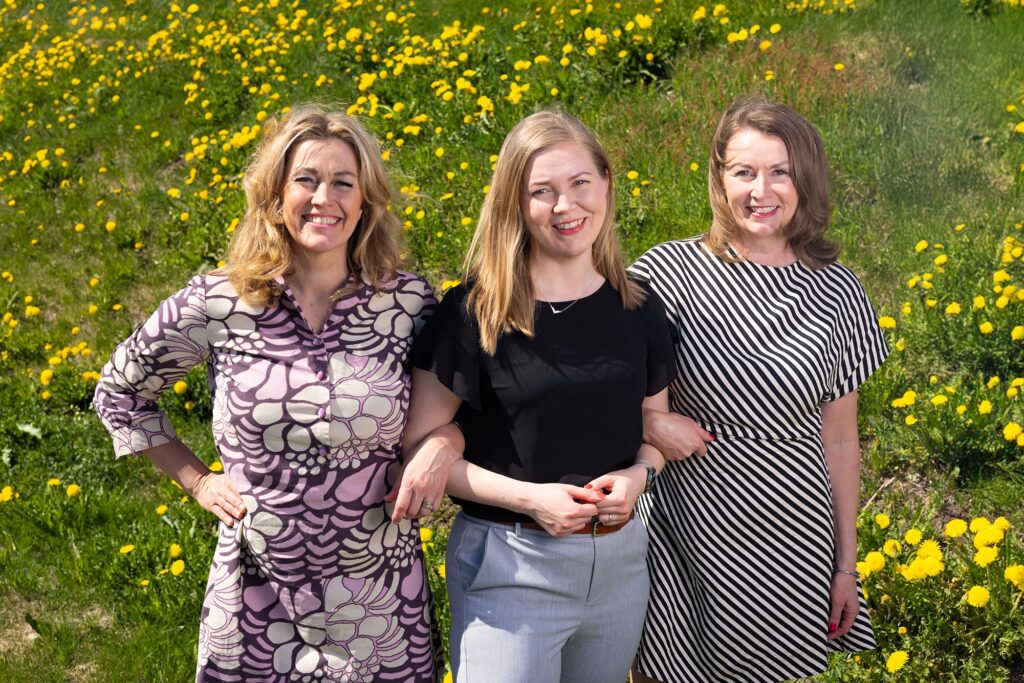No single player or individual region can build a hydrogen economy on its own, explains Hycamite founder Matti Malkamäki. Gasgrid’s representative also points out the need to connect Finland to Europe.
According to Matti Malkamäki, a pioneer of hydrogen development and founder and CEO of the technology company Hycamite, hydrogen is a misunderstood child.
“Our world is so one-track minded; things should be either/or, but when it comes to hydrogen, it is not so easy to say whether it is our salvation or completely useless,” says Matti Malkamäki.
“Makes a difference in industry”
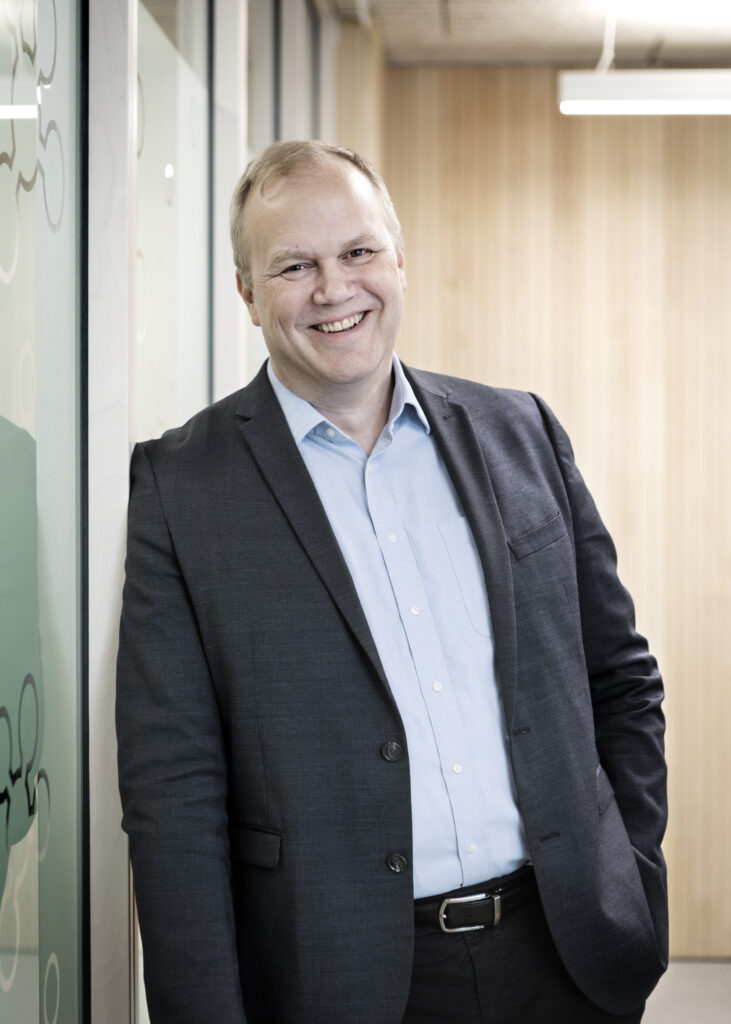
For example, when it comes to heating owner-occupied homes or providing fuel for cars, Matti Malkamäki personally does not see hydrogen as a solution in Finland.
“In industry, however, we do find major benefits where we can achieve more low-carbon operations”, he explains.
The benefits are particularly evident along Finland’s west coast, where there is access to wind power and the distances between industries are relatively short. Matti Malkamäki lists a range of industrial areas along the west coast that can benefit from hydrogen, from Tornio, through Kemi, Oulu, Raahe, Kokkola, Pietarsaari and Vaasa, down to Kristiinankaupunki (Kristinestad).
Matti Malkamäki points out that a challenge in this context has been that municipalities and regions also compete for establishments and investments.
“When it comes to the hydrogen economy, it will not work if everyone invests in their own alternatives; joint efforts are needed,” he says.
A good example of cooperation
The BotH2nia Hydrogen Valley project is a good example of what is possible when many players gather around a cause. In this project, the regions of Ostrobothnia, Central Ostrobothnia, North Ostrobothnia and Satakunta cooperate with companies, development companies, cities, schools, municipalities and other types of organisations.
“The project aims to make the west coast a leading area in the hydrogen economy by 2030,” says Sabina Storbacka, Programme Director at the Merinova Technology Centre.
The Merinova Technology Centre has overall responsibility for coordinating the project, which at present is seeking EUR 20 million in EU funding. It is a five-year project which can start in 2025 at the earliest.
Infrastructure needed

Sabina Storbacka says that a new type of infrastructure is needed to create a hydrogen economy. Storbacka mentions Gasgrid as a key player concerning the hydrogen transmission infrastructure.
Venla Saarela, Head of Unit at Gasgrid, agrees that Gasgrid is a key player in both hydrogen research and infrastructure. Saarela explains that Gasgrid acts as a link between the industry producing the hydrogen and the industry consuming it.
“When it comes to hydrogen, there is a great opportunity for Finland to lead the way,” says Venla Saarela.
Connecting Finland to Europe
There are targets for at least 10% of all the hydrogen used in the EU to be produced in Finland. Gasgrid is now involved in three considerable infrastructure projects aimed at connecting Finland’s hydrogen network to those within Europe. As there is currently no extended hydrogen transmission infrastructure in place in Finland, investment must also focus on building it from scratch.
Perhaps the most interesting local development proposal is called the Nordic Hydrogen Route project. This project aims to build a hydrogen transmission infrastructure, linking the west coast of Finland to the east coast of Sweden. This will entail the installation of approximately 1,000 kilometres of one-metre-diameter underground piping along the coasts of both countries.
“The goal is to have everything ready as early as 2030,” says Venla Saarela.
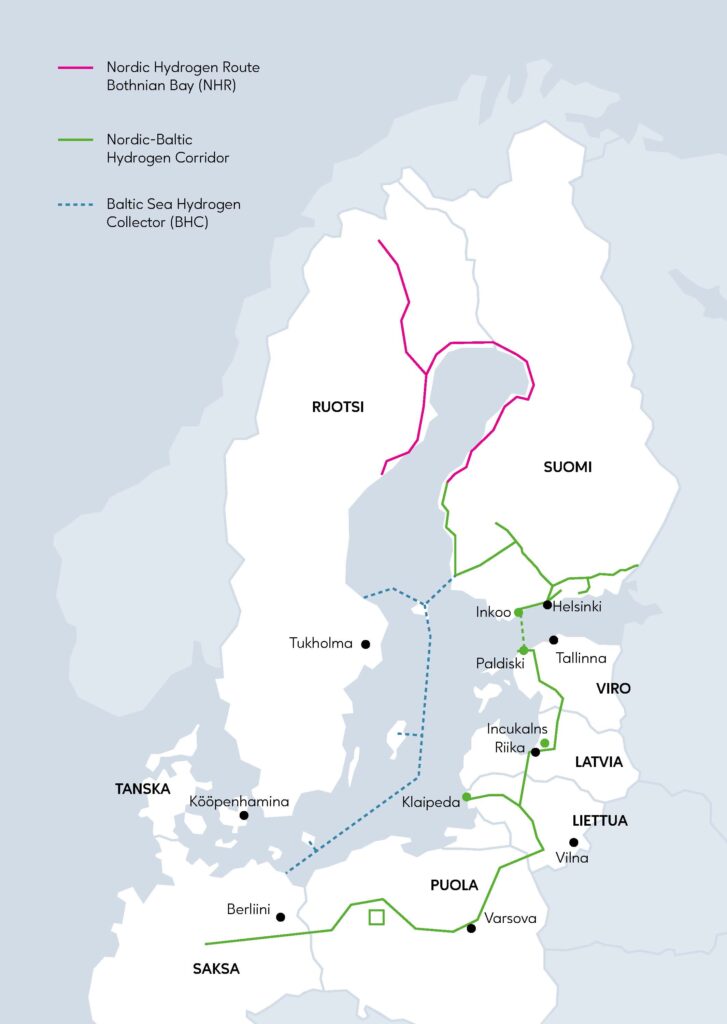
In this project, Gasgrid, which is owned by the Finnish government, is responsible for the activities on the Finnish side, while Nordion Energi is responsible for the line in Sweden.
A final investment decision has not yet been taken. Nevertheless, the outlook for the project looks positive, since it has received a Project of Common Interest (PCI) status within the EU, which means that the entire EU sees the project as important, both for the internal energy market and for reaching energy and climate goals.
Gasgrid’s two other large-scale projects have the same status and ambitious timetables, which together continue the construction of the hydrogen infrastructure and pipelines to the south of Finland and into Europe, e.g. via Estonia and Germany.

